 |
| Introducing the cultural space of the Si La ethnic group in Kan Ho commune, Muong Te border district, Lai Chau province. (Source: VNA) |
Unique ethnic cultures
Lai Chau province has 4 ethnic groups with a population of less than 10,000 people: Cong, Mang, SiLa and Lu. Each ethnic group has its own unique cultural identity expressed through costumes, housing architecture, writing, music, cuisine, traditional crafts (weaving, knitting, forging) and cultural arts.
The Lu ethnic group in Lai Chau has nearly 7,000 people living in Tam Duong and Sin Ho districts. Up to now, the Lu people still preserve many good traditional cultural values such as festivals, traditional stilt house architecture, hand-weaving, costumes, language, folk performing arts...
Nearly 70 years old, but for many years now, artisan Lo Thi Son (Lu ethnic group, in Na Khum village, Ban Hon commune, Tam Duong district) has been diligently teaching cultural classes. Artisan Lo Thi Son shared: To preserve the dances and folk songs left by her ancestors, she has taught them to the younger generation in classes at the cultural house. Seeing the students studying hard, she feels very happy!
Along with cultural education classes, the Lu people also care about preserving traditional costumes handmade by the skillful hands of women with sophisticated and unique patterns. Lu women often wear indigo shirts with open chests, the left flap overlapping the right flap and tied with colorful tassels.
Ms. Lo Thi Di, a cultural officer of Ban Hon commune, Tam Duong district, said: Every day, Lu women often wear simple crocheted indigo dresses for convenience in work. On holidays, Tet, or when the family has distinguished guests, women wear two-layered dresses with three-layered decorative patterns that look very eye-catching.
 |
| Costumes of Lu ethnic women in Ban Hon commune, Tam Duong district, Lai Chau province. (Source: VNA) |
For the Cong ethnic group (an ethnic minority) in Lai Chau, through the ups and downs of time, the long-standing indigenous culture with many unique customs and practices is still preserved. The Cong ethnic costume is made from natural fibers (cotton, linen) and then dyed indigo. The body of the shirt is bordered with motifs along the collar and sleeves. The waist is tied with a blue belt and the skirt is decorated with patterns that symbolize human life connected with nature.
The most meaningful part of the costume is the elaborately hand-embroidered brocade scarf. The Cong ethnic group's scarf is not folded like that of the Thai ethnic group, but is wrapped around the head so that the most meticulous and elaborate pattern is exposed in front of the face and hangs at the nape of the Cong girl's neck, creating a unique beauty that only exists in this ethnic group.
Ms. Lo Thi Phuong, Xam Lang village, Nam Khao commune, Muong Te district said: The Cong ethnic group has many unique cultural features, but the most unique are their costumes and folk arts. In order to preserve the ethnic identity, the village established a performing arts team with 10 participants. In the evening, the women gather at the cultural house to practice and teach their children so that the next generation will always remember their ethnic roots.
Focus on conservation solutions
In fact, ethnic minorities in Lai Chau province always receive special attention from the Party, State and all levels and sectors through economic - cultural - social development programs and projects.
Along with the efforts of ethnic people, Lai Chau province has implemented many solutions to preserve and promote the cultural identity of ethnic groups associated with community tourism development in the period of 2021-2025, with a vision to 2030.
Up to now, Lai Chau has 5 national intangible cultural heritages including: Xoe dance art, Tug of war game of Thai people, Tu Cai festival of Dao people, Gau Tao festival of Mong people and brocade weaving of Lu people. The province organizes dozens of classes to teach intangible culture to ethnic groups to restore and preserve 16 typical festivals and maintain 40 annual festivals, typically the Holy Stone worshiping ceremony of Ha Nhi people, the new rice celebration of Si La people, Han Khuong festival, Nang Han festival of Thai people, Xen Muong festival...
 |
| The Cong community in Nam Khao commune, Muong Te district (Lai Chau) focuses on teaching culture to the young generation. (Source: VNA) |
In particular, from November 3-5, for the first time, the Ministry of Culture, Sports and Tourism coordinated with Lai Chau province to organize the Cultural Festival of ethnic groups with a population of less than 10,000 people in Lai Chau to implement the policy of solidarity and equality among ethnic groups.
Cultural researcher Do Thi Tac, former President of the Lai Chau Province Literature and Arts Association, assessed that the event with the participation of 14 ethnic groups and 13 provinces and cities nationwide is an important activity to arouse pride in the culture of the nation among the people. At the same time, the Festival introduces and promotes the unique cultural heritage of ethnic minorities in Lai Chau to friends near and far.
According to cultural researcher Do Thi Tac, in order to preserve the typical and distinctive cultural heritages of these ethnic groups, it is necessary to assign the functions and tasks of preserving and protecting cultural heritages to the right environment and subjects, which are the villages, hamlets and people, because culture is born in a place and only lives and develops in that environment. The State needs to have a mechanism for material support, orientation and management so that cultural heritages can accompany and develop with tourism in the local socio-economic development strategy.
Ms. Lo Thi Vuong, former Deputy Head of the Ethnic Minorities Committee of Lai Chau province, said that the Cultural Festival of ethnic groups with a population of less than 10,000 people aims to honor and promote the cultural values of ethnic groups with very few people, contributing to educating the tradition of patriotism, national pride, and strengthening the strength of the great solidarity of ethnic groups.
This is an opportunity to introduce and promote to domestic and international friends the potential and strengths of developing culture, sports, tourism, and traditional culture of ethnic groups in the process of innovation, integration and development, especially ethnic groups with a population of less than 10,000 people.
The activities at the Festival will help ethnic minorities meet, share, and learn about each other's cultures, thereby helping them gain awareness and national pride in preserving and promoting traditional values. Therefore, according to Ms. Lo Thi Vuong, the organization of this Cultural Festival needs to be carried out continuously and more frequently.
Source


![[Photo] Relatives of victims of the earthquake in Myanmar were moved and grateful to the rescue team of the Vietnamese Ministry of National Defense.](https://vstatic.vietnam.vn/vietnam/resource/IMAGE/2025/4/2/aa6a37e9b59543dfb0ddc7f44162a7a7)
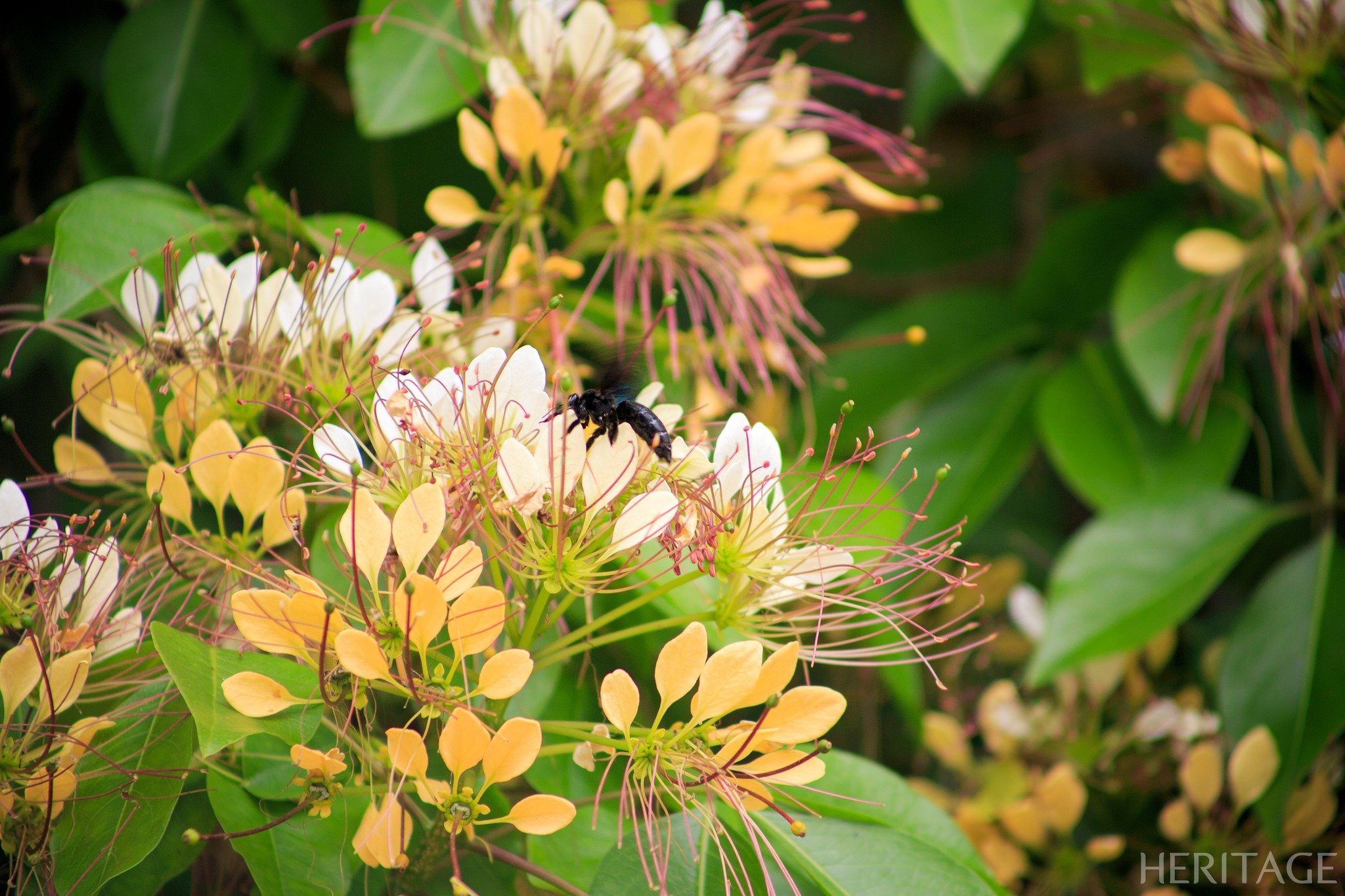

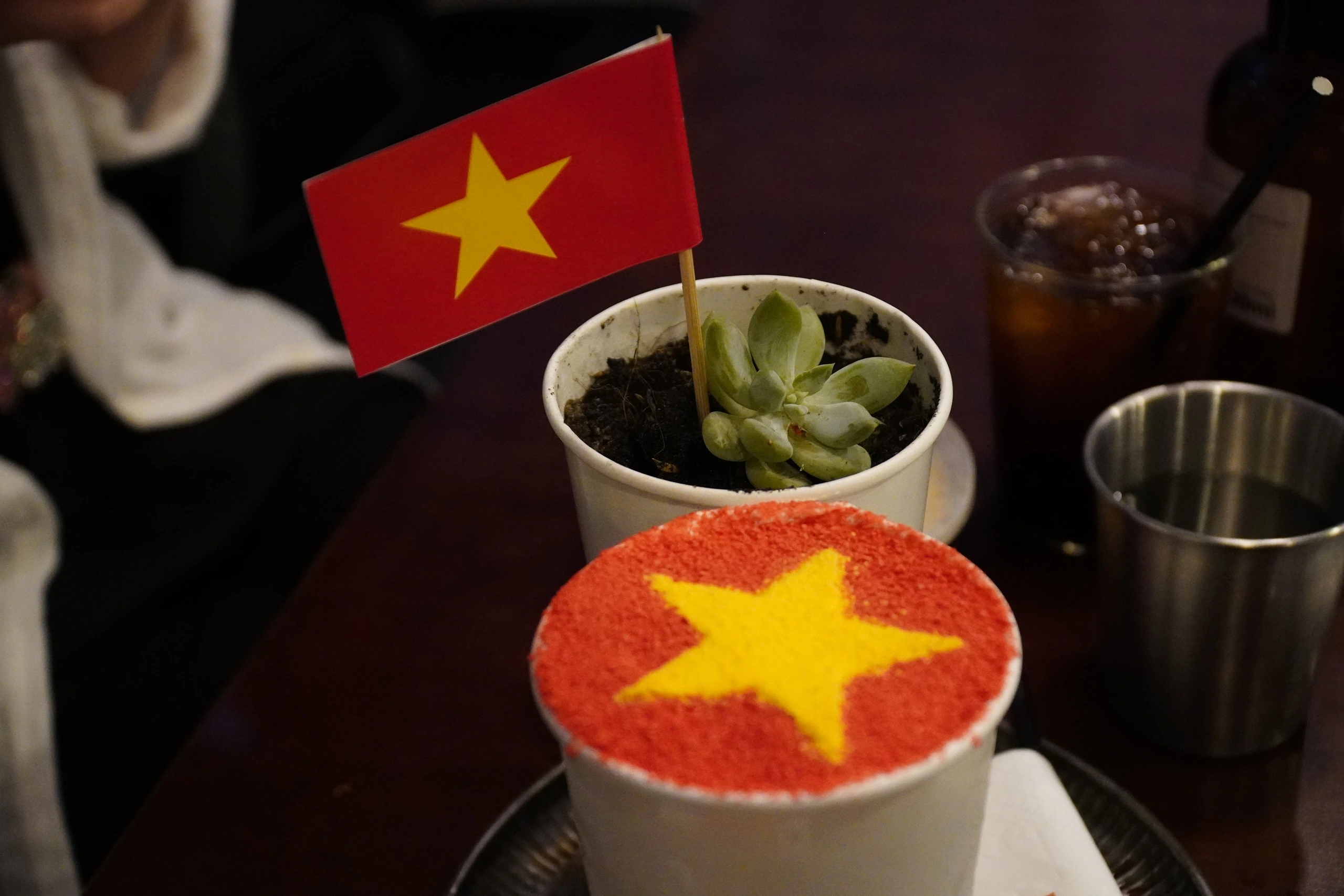

![[Photo] Third meeting of the Organizing Subcommittee serving the 14th National Party Congress](https://vstatic.vietnam.vn/vietnam/resource/IMAGE/2025/4/2/3f342a185e714df58aad8c0fc08e4af2)
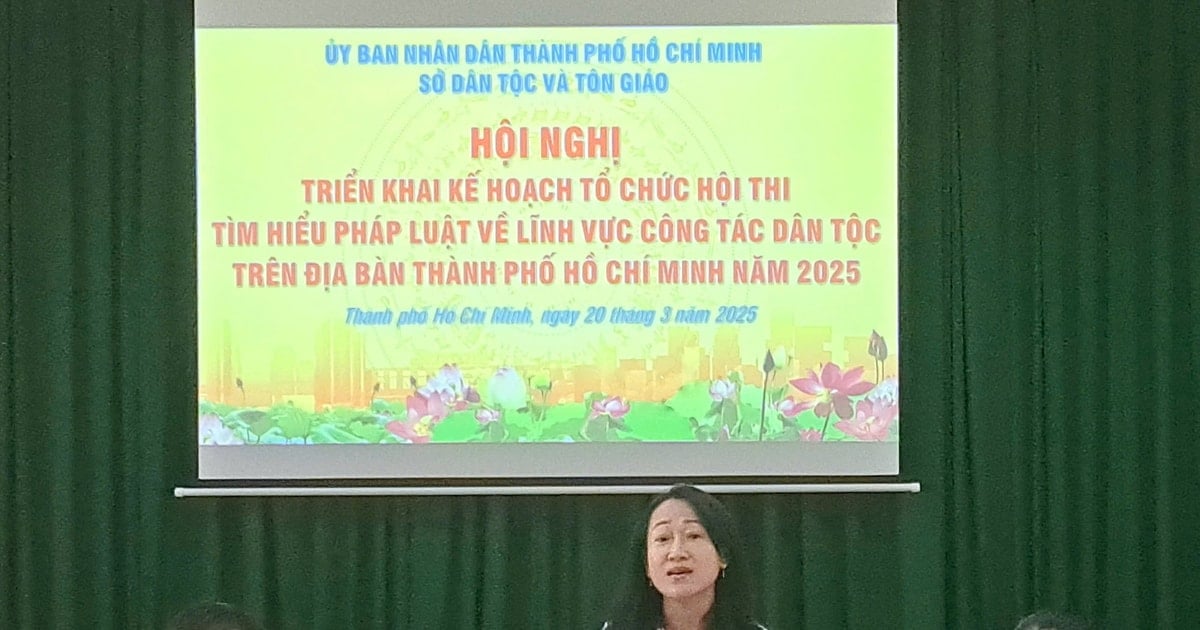

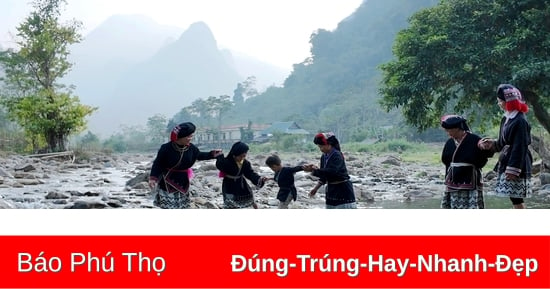

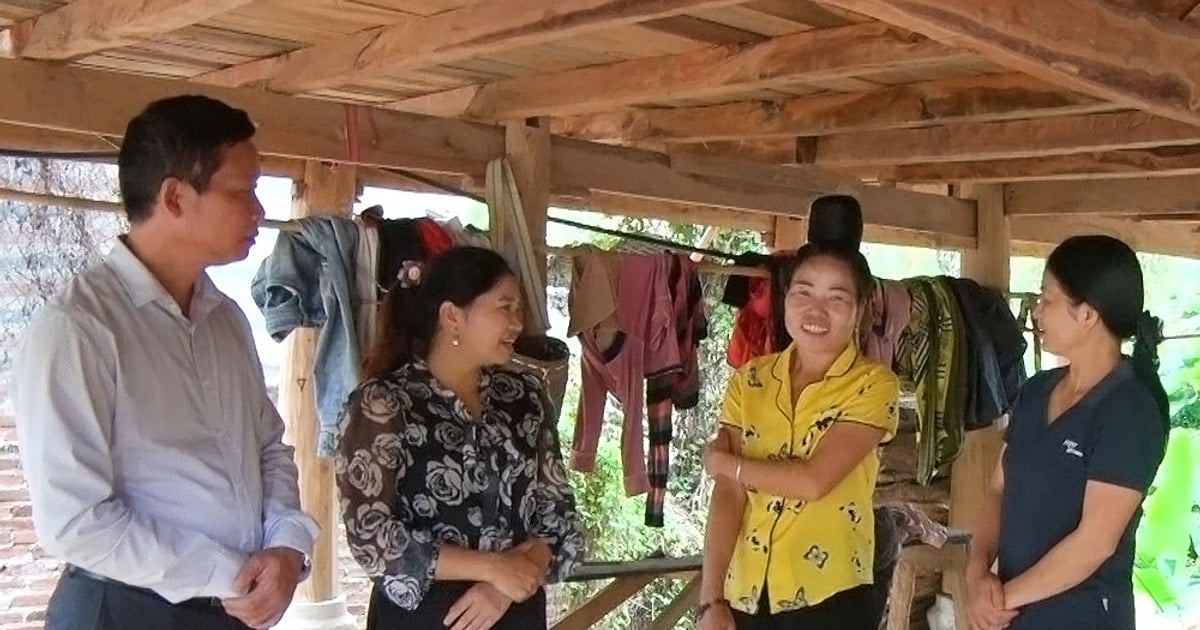
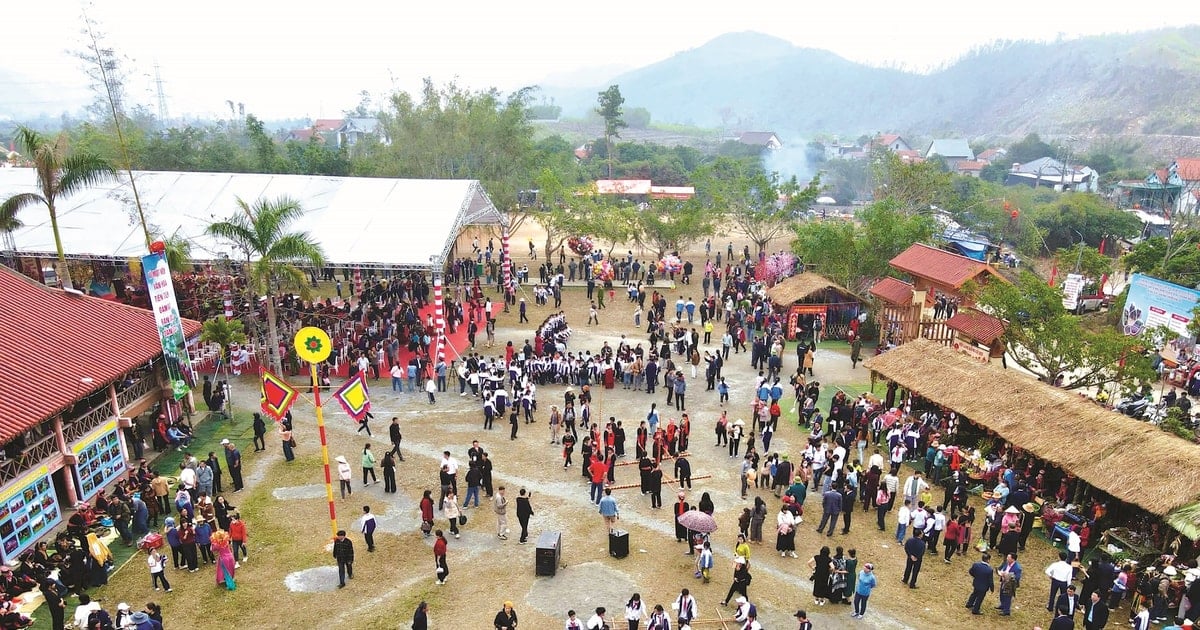


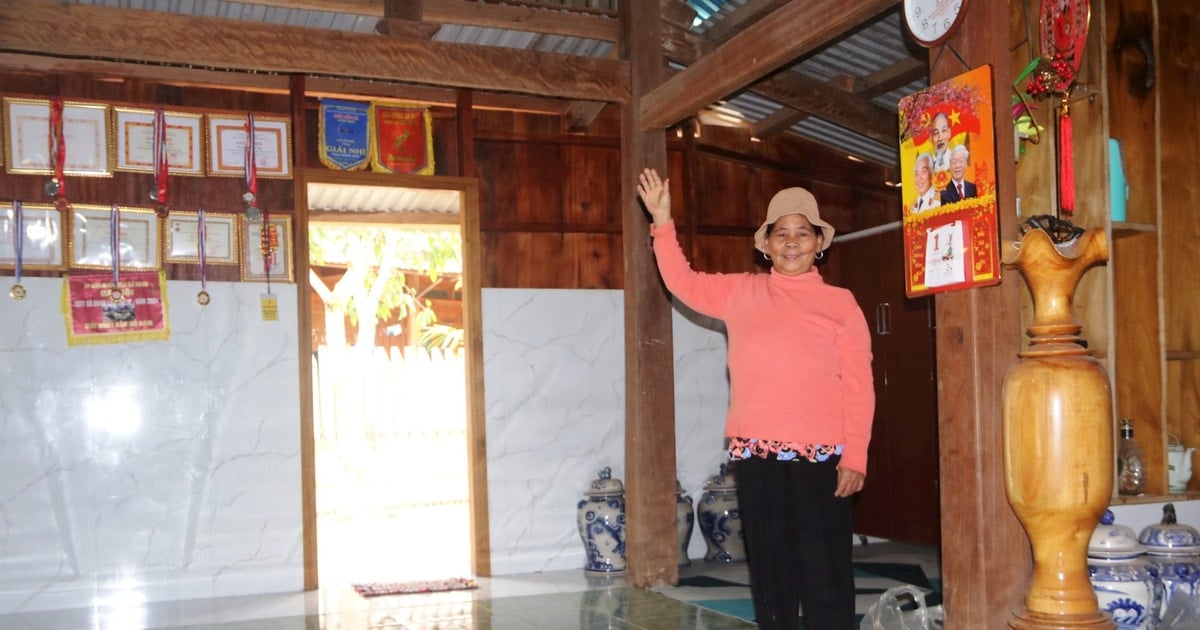
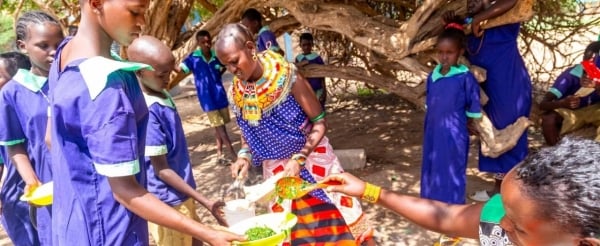
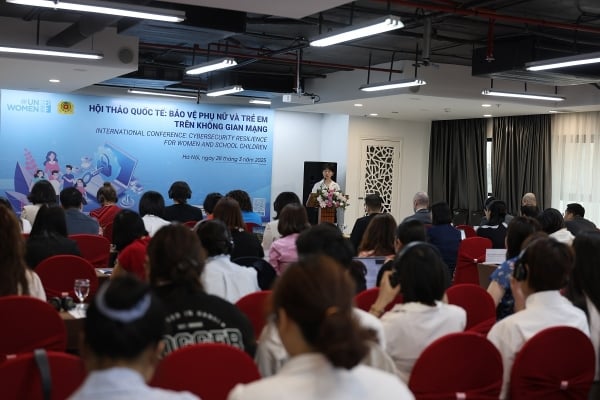
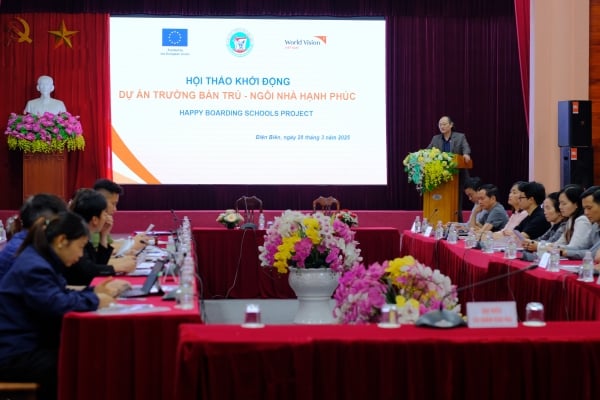
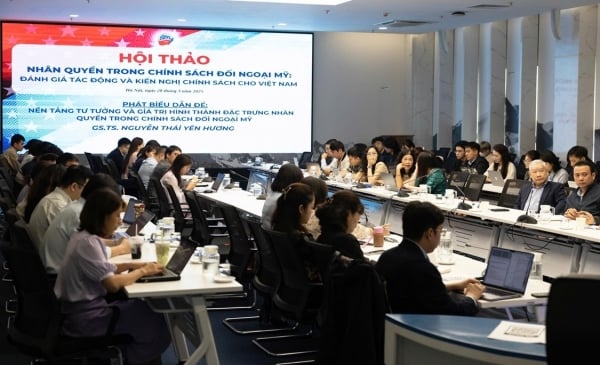




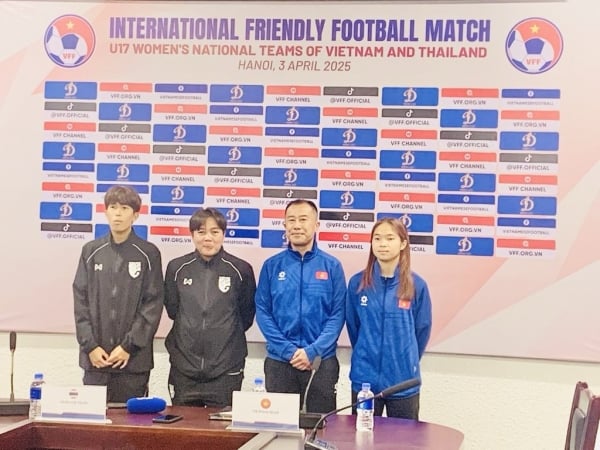
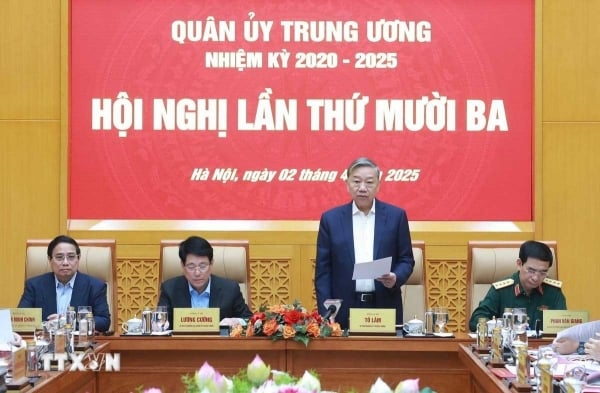

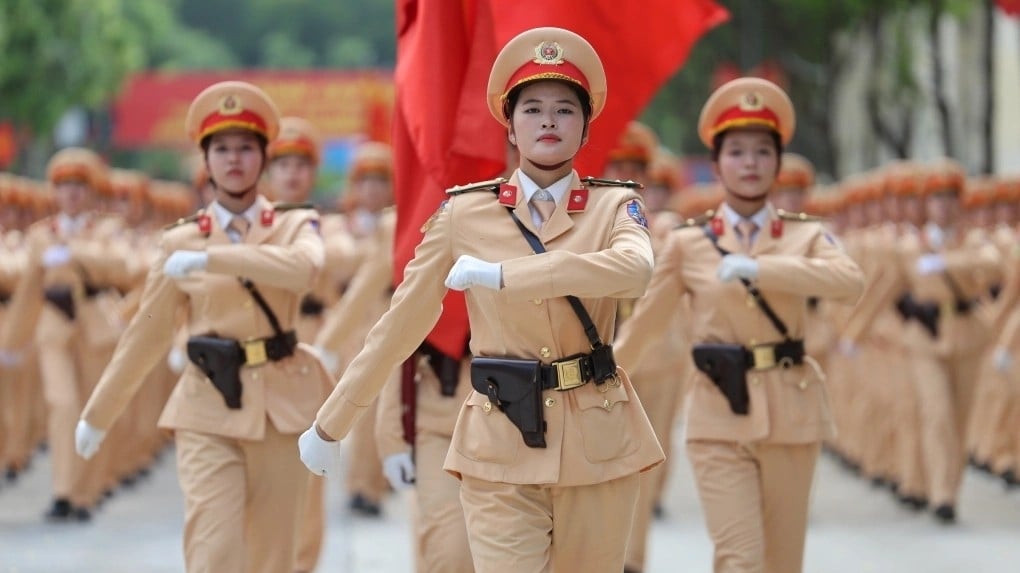
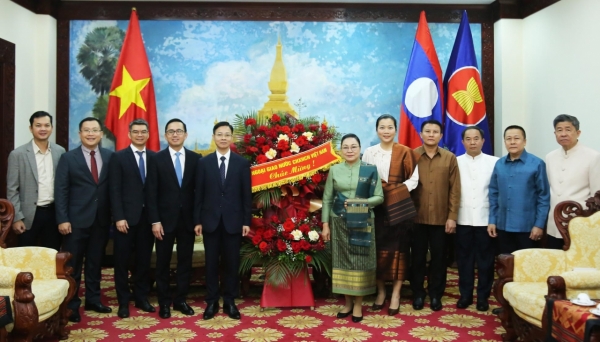














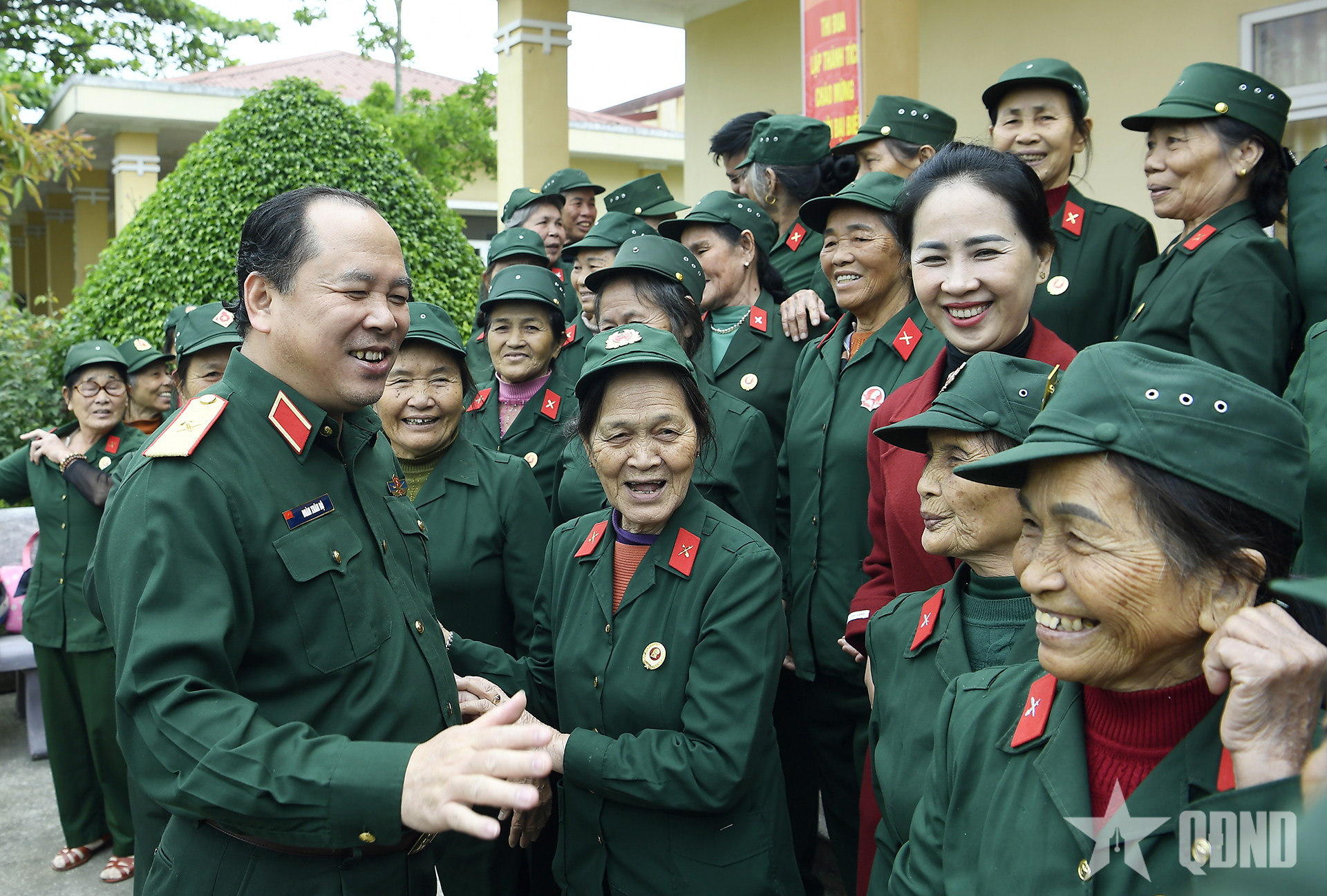







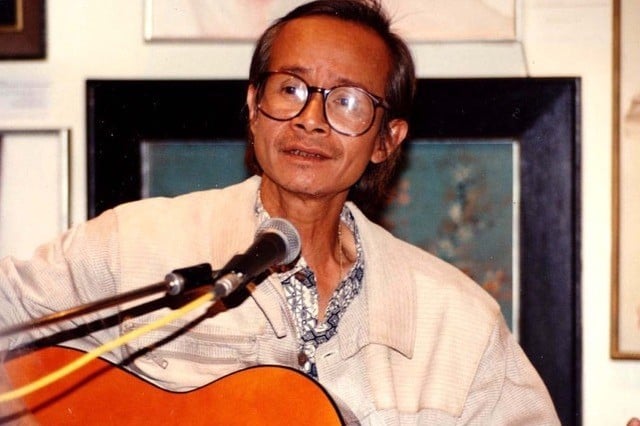











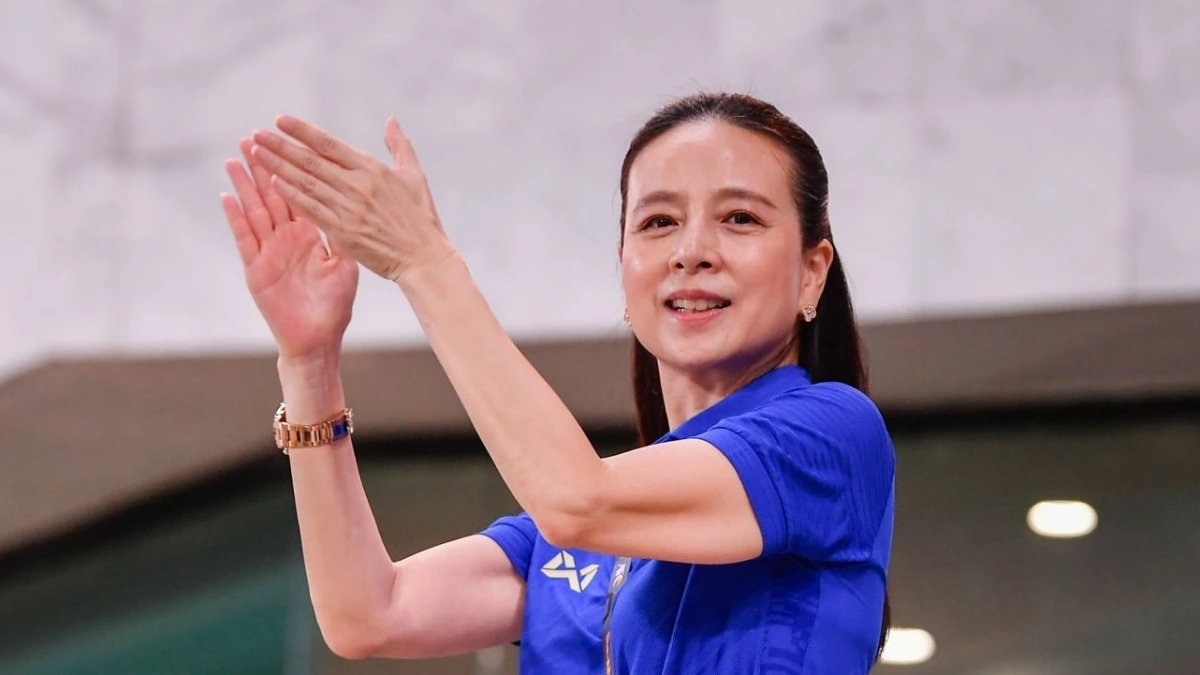

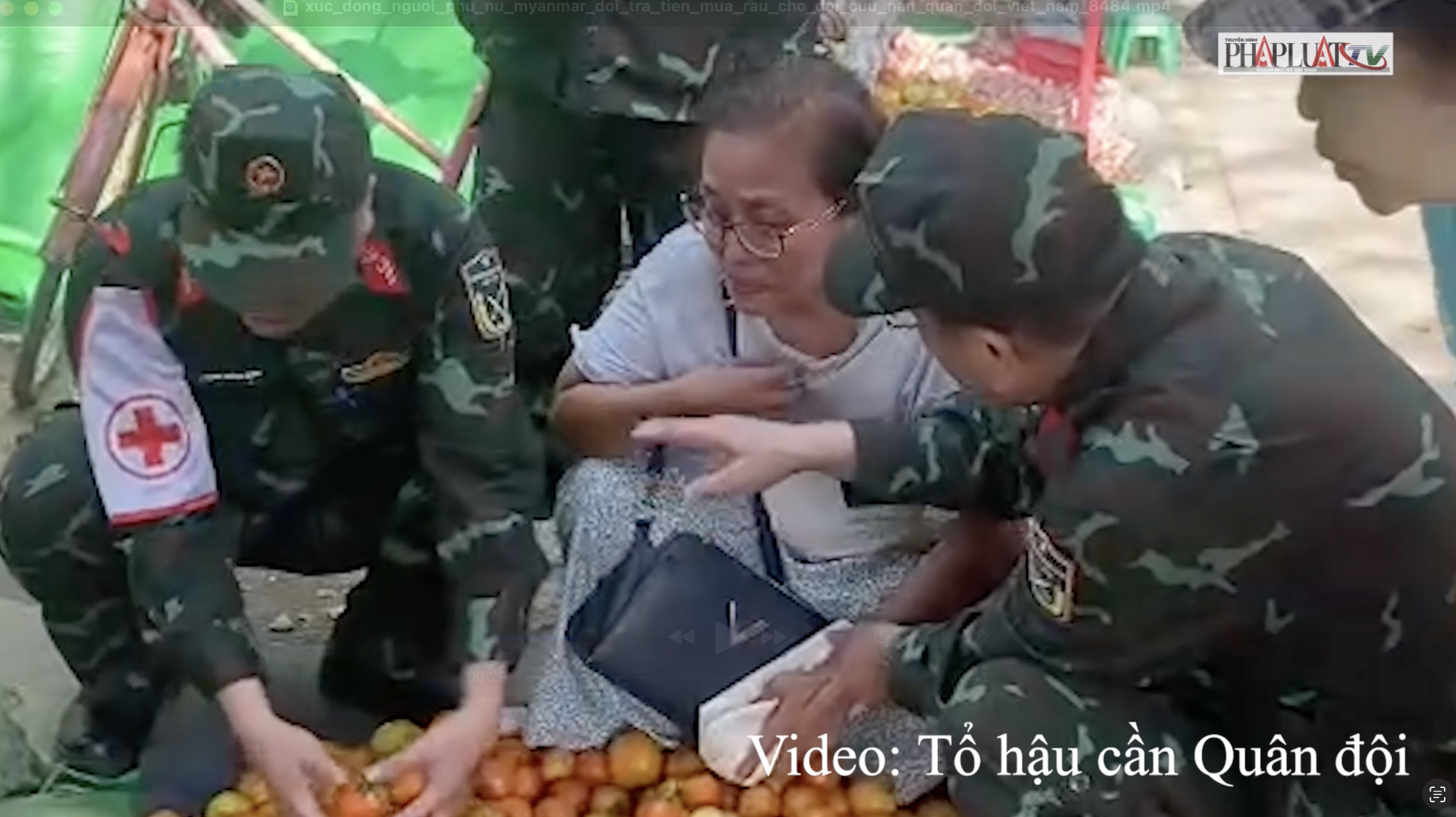


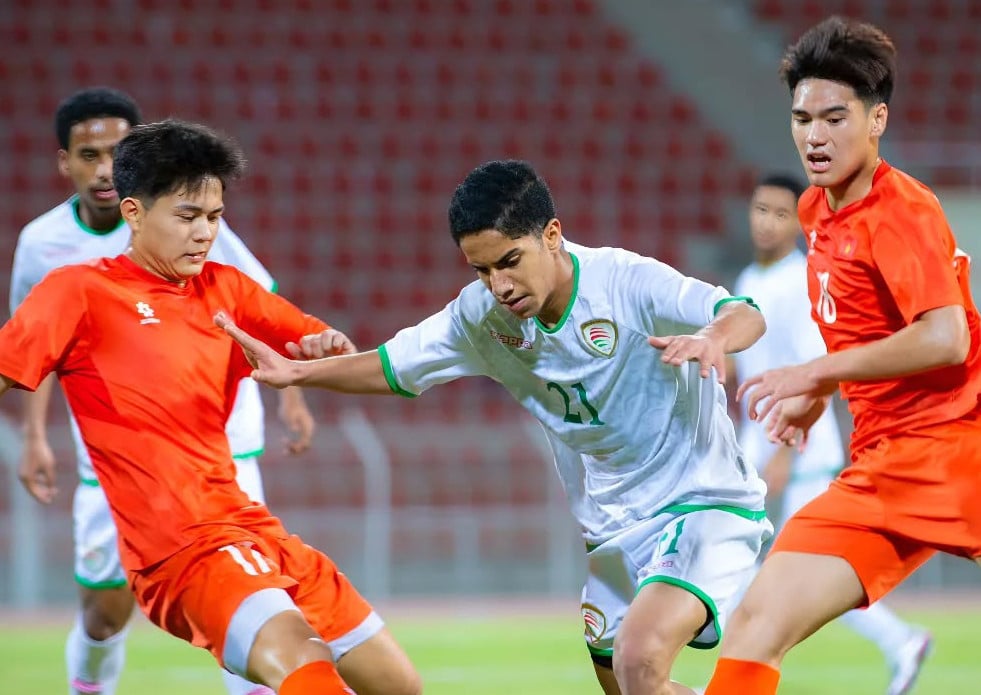




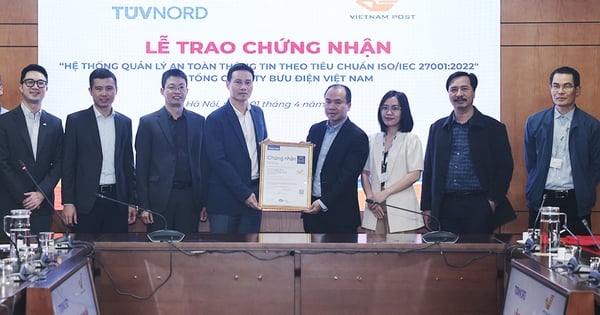

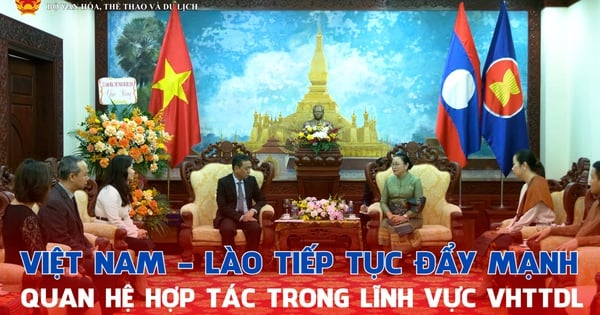



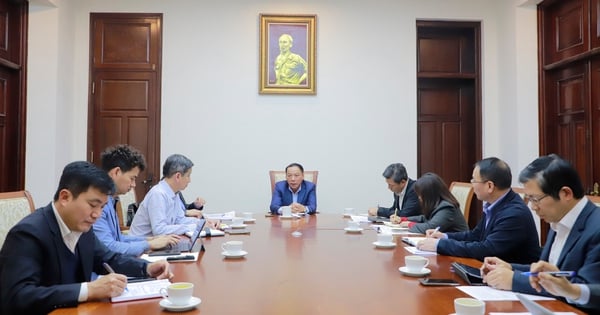
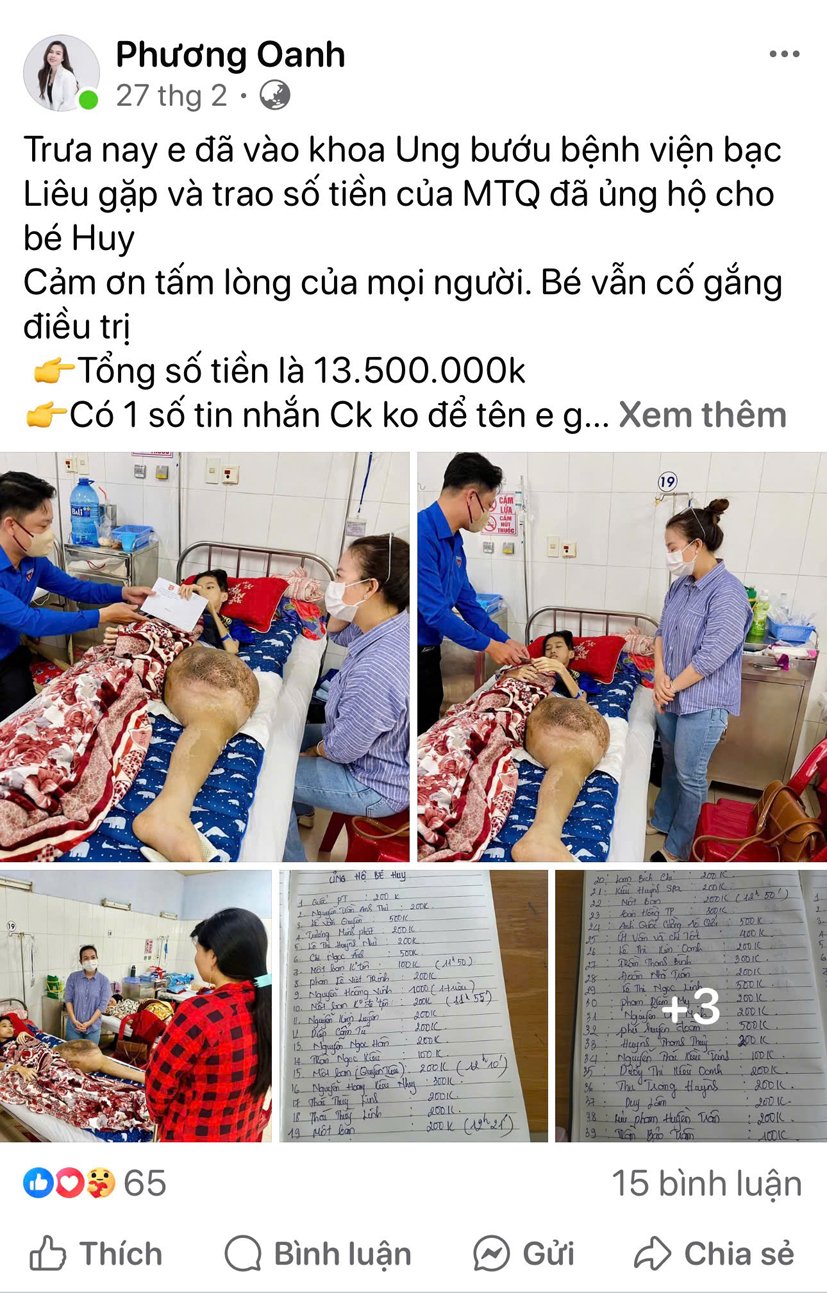
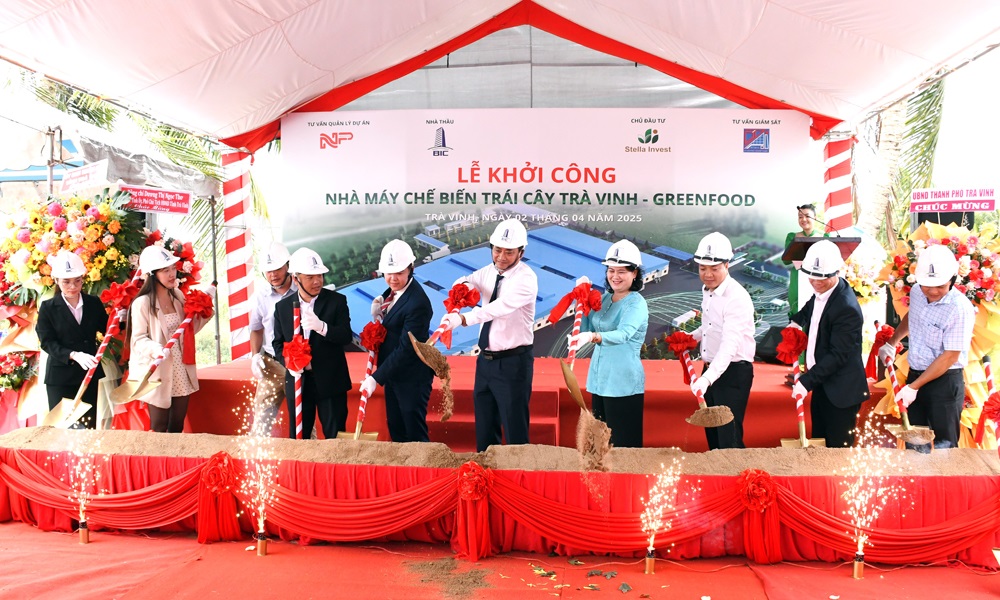

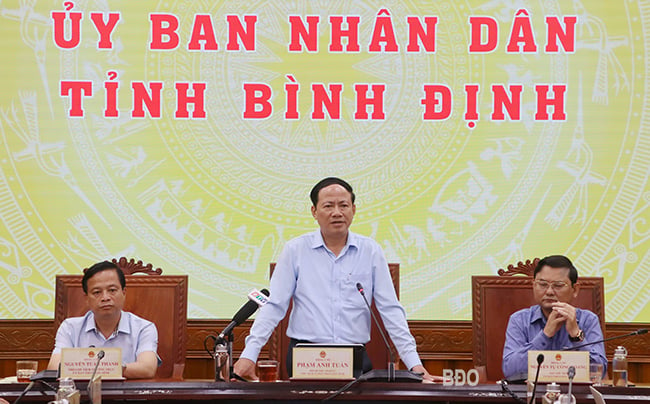

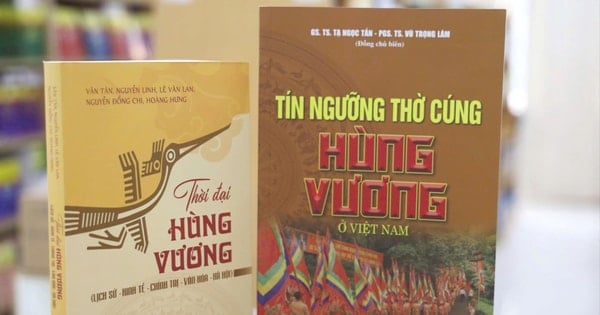







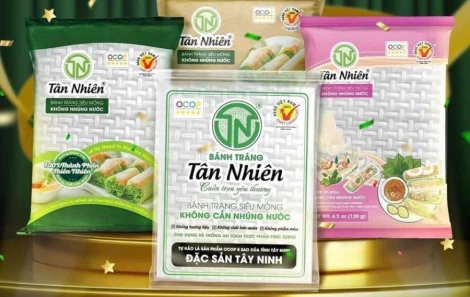





Comment (0)